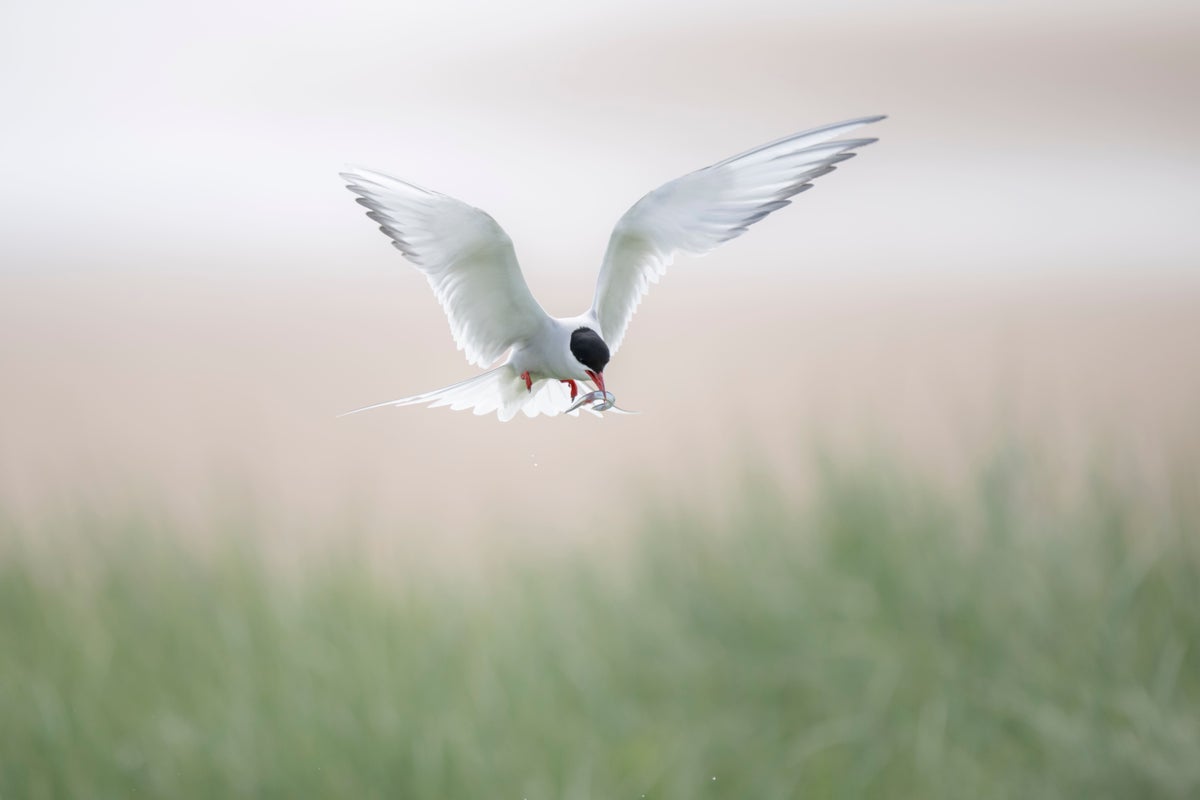
Numbers of Arctic terns nesting at a key breeding site have dropped by nearly a third this year, as experts warn climate change and disease are hitting the rare birds.
Some of the UK’s rarest seabirds, including Arctic terns and little terns, nest at Long Nanny, near Beadnell in Northumberland, which is cared for by the National Trust.
But reports from the charity suggest the number of occupied Arctic tern nests at the breeding site has fallen from 1,037 in 2024 to 724 this year, a drop of 30%.
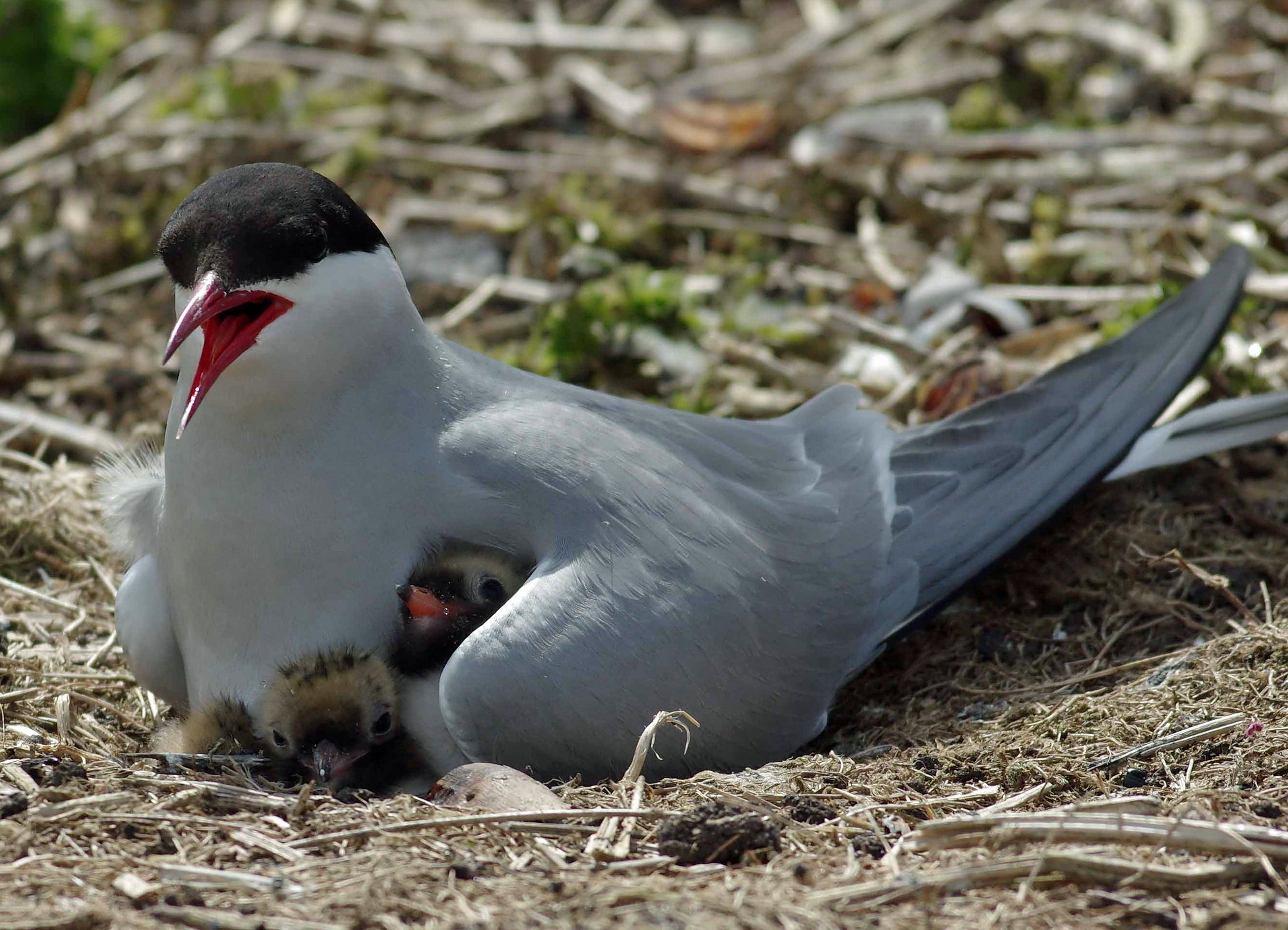
The findings come just a month after a high spring tide washed away the nests of Arctic and little nests at Long Nanny, despite efforts by rangers to protect them from weather extremes.
National Trust conservationists warn that the seabirds are facing mounting pressure from rising seas and stronger storms due to climate change – as well as bird flu, which has devastated seabird colonies around the UK’s coasts.
The Arctic tern, which makes one of the longest migrations of any creature on Earth by flying from the Arctic to the UK and then onto the Antarctic for the winter in an annual journey of 44,000 to 59,000 miles, was last year added to the “red list” of species of highest conservation concern in the UK.
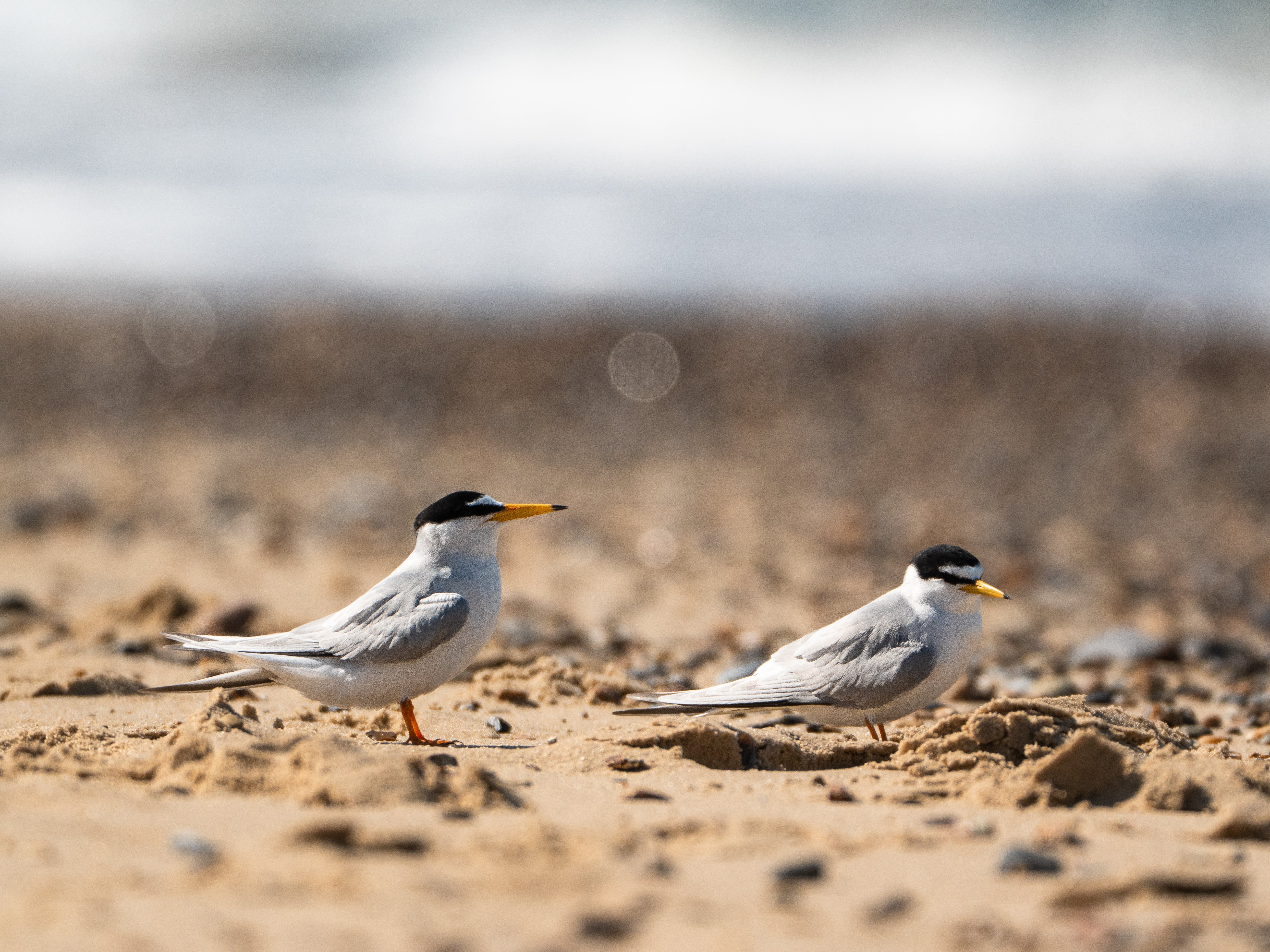
James Porteus, Lead Ranger for the National Trust at Long Nanny, said: “After several difficult years due to storms washing out nests and then bird flu, we have been saddened by the drop in Arctic tern numbers returning to Long Nanny this year to breed.
“We don’t know the reason for the decline but suspect it will be due to factors such as climate change, food availability and of course avian influenza.
“Arctic terns have been badly impacted by the disease at their breeding sites here in the UK in recent years, but we don’t know how the species has been affected by the disease outside of the nesting season.
“Little and Arctic terns are facing mounting pressures from rising seas and stronger storms due to climate change, and disease.”
Arctic and little terns, and ringed plover, breed and nest on the fragile dunes and beaches at Long Nanny, monitored by seven National Trust rangers who rope off around 10 hectares (25 acres) each summer and protect the birds from being disturbed, or preyed on by foxes, badgers, stoats and other birds.
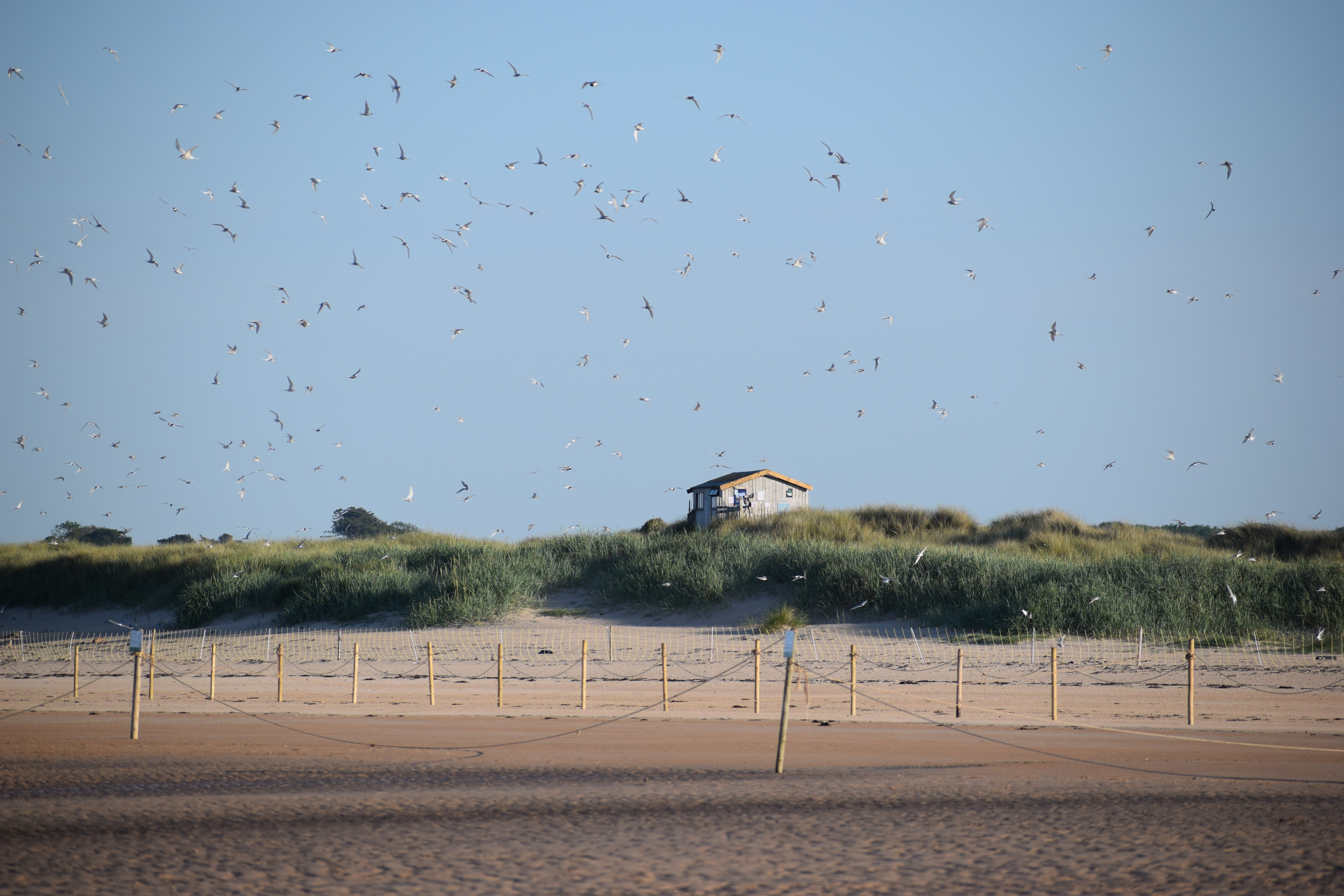
The trust says the colony has grown since it began managing the site in 1977, when there was not a single Arctic tern, and only a handful of little tern nests.
Numbers of Arctic terns peaked in 2018, with more 2,800 nests recorded, while the smaller numbers of little terns were at their highest in 1994 when 57 pairs nested.
But Mr Porteus said: “Despite our best efforts, even the most carefully protected nests can be lost in a single tide.
“The changing fortunes of these remarkable coastal birds underscore just how vulnerable our seabird colonies are.”
However, 10 pairs of little terns have made a second nesting attempt at Long Nanny, while the remaining birds may have located to Lindisfarne National Nature Reserve, managed by Government conservation agency Natural England.
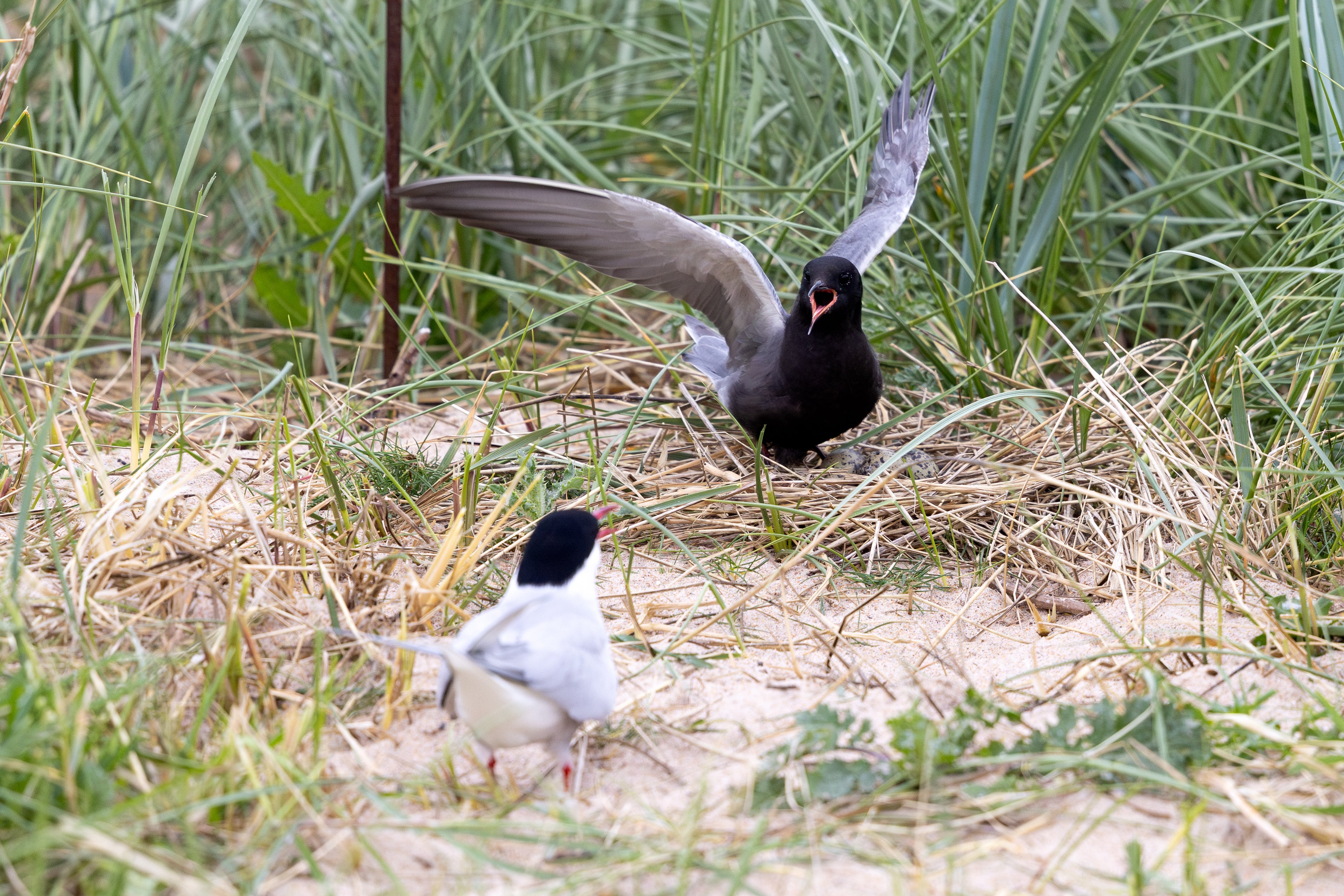
And a very rare visitor to the UK, an American black tern, has returned once more.
The bird, which was ringed last year to confirm it was the same bird returning each year, has spent the summer at Long Nanny for the last six years and in 2024 made a breeding attempt with an Arctic tern.
Ben McCarthy, head of nature conservation and restoration ecology at the National Trust said: “The importance of Long Nanny is testament to the work of the dedicated rangers and volunteers who work 24/7 to protect our precious seabirds.
“The Long Nanny and wider Northumberland coast will remain a focus of our conservation work to help these delicate birds continue their extraordinary lives,” he said.
Labour delivers mixed picture on environment after one year, campaigners say
Tree planting hits 20-year high in England but drops in Scotland, figures show
Firefighters urge Government to tax polluters to fund struggling services
Home of ‘Devil’s Punch bowl’ in Surrey declared national nature reserve
Australia ‘bomb cyclone’ leaves homes flooded and powerlines down
Man accused of dumping 27 tonnes of waste in country lane appears in court







